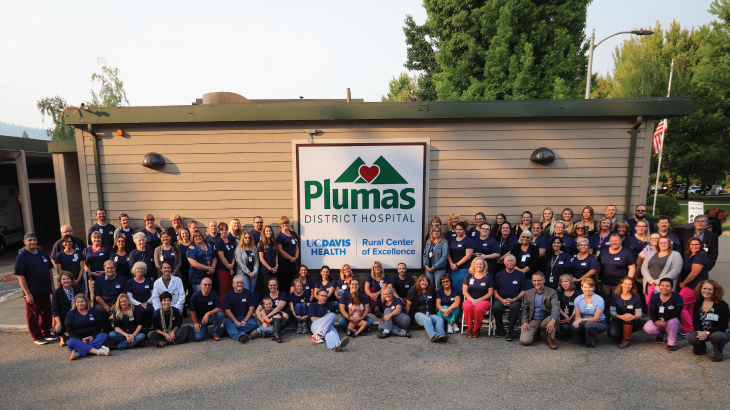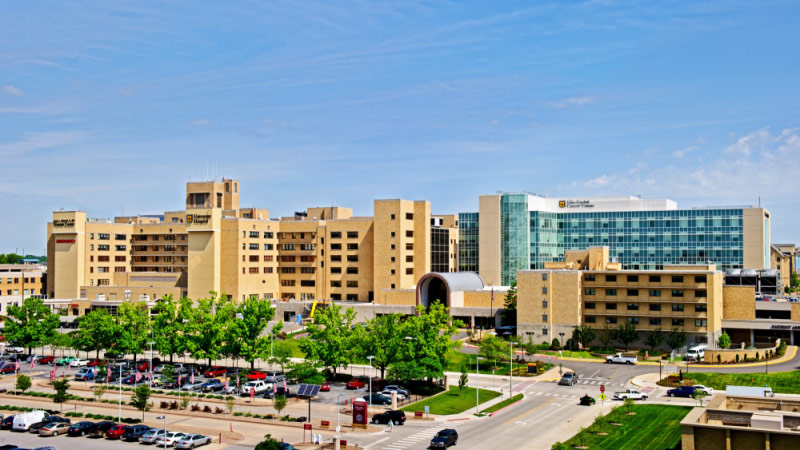Cushioned against the Sierra Nevada mountain range and the edge of American Valley sits Quincy, California — the largest community in Plumas County and home of Plumas District Hospital (PDH), a 25-bed critical access hospital. After relying on an outdated paper-based system with manual processes, Chief Financial Officer Caleb Johnson and PDH leadership knew they needed to change their revenue cycle platform.
“The system we were using had a payroll smaller than ours,” said Johnson. “We constantly had to find ways to get claims out the door to get paid for services we provided to our patients.”
When PDH staff discussed looking for a new revenue cycle system, Revenue Cycle Manager Lacey McKenzie was quickly on board.
“I had previous experience with Cerner at Adventist Health System, and I was excited to see how we could implement it and create new processes,” said McKenzie.
After going live with Cerner in September 2019 and using the Clinically Driven Revenue Cycle™ with help from the CommunityWorks℠ Consulting team, PDH staff experienced newfound success.
Improvements included a 3.7% decrease in A/R days,1 a 19.6% decrease in discharged not final billed (DNFB) days2 and a 22.5% increase in average daily revenue (ADR).3
“Just prior to COVID-19, we were enjoying the highest levels of revenue we've seen,” said Johnson.
Looking ahead, Plumas leaders view the relationship with Cerner positively and evolving.
“While COVID-19 has been a major focus, people have other medical needs they come in and address, and we still have to find a way to pay the caregivers and get them the tools they need,” said Johnson. “Our purpose is to make sure we are appropriately compensated for the good work we do. We chose Cerner to help achieve that purpose.”
For more information, check out our Patient Financial Services Model Experience page.
1 Comparing average of 55.93 days, 9 months pre-conversion to Cerner (September 2018-May 2019) to average of
53.91 days, 9 months post-conversion (September 2019–May 2020)
2 Comparing average of 8.86 days, 9 months pre-conversion to Cerner (September 2018-May 2019) to average of
4.73 days, 9 months post-conversion (September 2019–May 2020); DNFB from the Plumas legacy system only included standard delay, bill suppression, and correction required, therefore we only compared those Cerner metrics to average the calculated positive variance between Plumas legacy and Cerner actuals. Acute and ambulatory DNFB (standard delay, bill suppression, and correction required) decreased 1.45 days or 19.6%, to average 7.4 days, from a baseline of 8.860 days.
3 Comparing average of $113,105.21, 9 months pre-conversion to Cerner (September 2018-May 2019) to average of $138,627.29, 9 months post-conversion (September 2019–May 2020); excluding April 10-12 due to wide variance (incorrect quantity, which was corrected on April 13)





